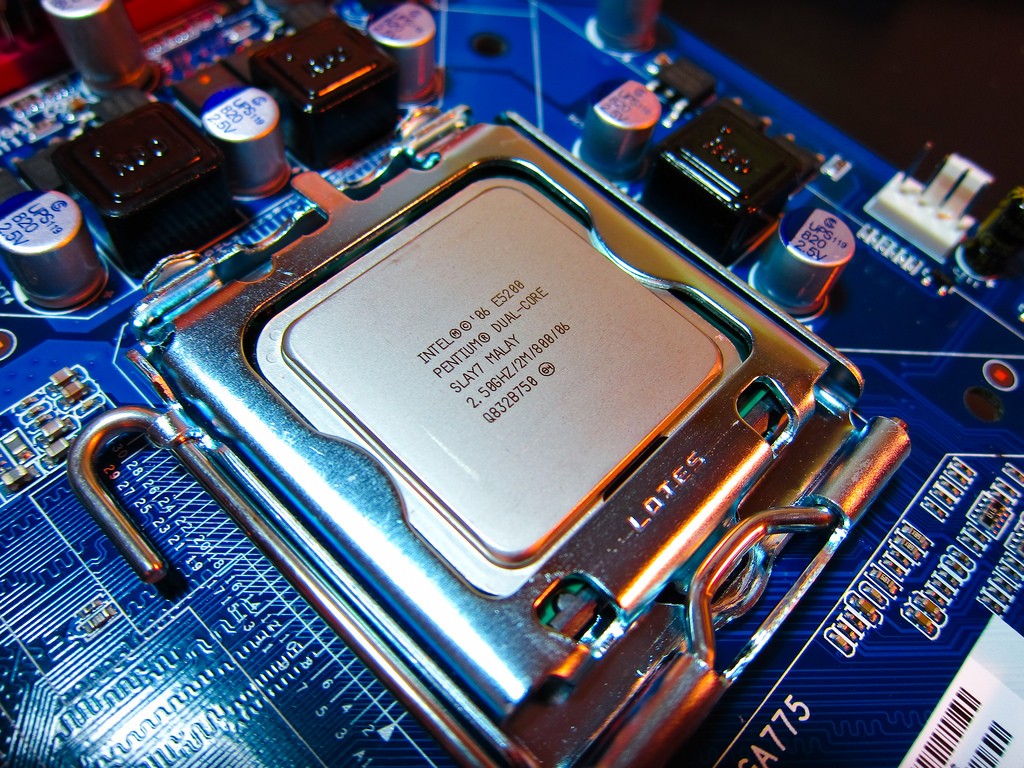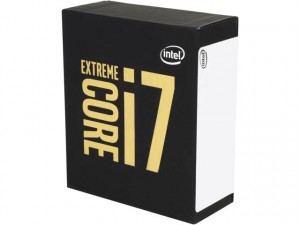What are the benefits and drawbacks of overclocking?
The word “overclocking” is thrown around quite a bit. When increasing your processor speed through overclocking, the general idea that everything on your computer speeds up, too (i.e. becomes more responsive). That’s the idea, anyway. And there’s some serious benefits that come with overclocking, but there’s also some drawbacks and possibly even some consequences if you don’t know what you’re doing.
Follow along below and we’ll take you through the positives and negatives of overclocking your CPU.
Overclocking has its benefits
A lot of the marketing around higher performance processors with good overclocking capabilities are often geared towards gaming, power users or hobbyists. Overclocking your CPU can be particularly useful in gaming, but only with titles that require a lot of demand. You won’t notice a difference in performance with your average modern video game, but you will with something more demanding; however, you might notice increased graphical performance in even the average game if you choose to overclock your GPU, given that, of course, your specific GPU has that capability.
When it comes to overclocking a CPU, you’ll notice it’s benefits much more in professional software. For example, you’ll notice that the likes of CAD, Final Cut Pro and other software will see a significant speed increase. But, that’s really the only benefit to overclocking your CPU: getting more performance and stability out of your processor with the use of software. That means your getting more power for your money, and if overclocking helps you run a program you couldn’t before, you might not necessarily need to make the financial and time investment into an upgrade.
 But, there’s also the drawbacks
But, there’s also the drawbacks
There’s a lot of things that you have to think about when you overclock your processor. Not only do you have to mess with your clock speed (or multiplier settings), but there’s some other factors to keep in mind as well (now, these aren’t necessarily drawbacks, but still thins to think about when overclocking). The faster your CPU is, the more power it’s going to consume — so you may need to mess with voltage settings as well. And, of course, more power immediately means you’ll be dealing with more heat. That in mind, you’ll need to make sure your cooling setup will be able to handle the additional load and adjust it accordingly. It can all be a bit of a hassle, but depending on what you need overclocking for, it can be well worth it.
One drawback is that by overclocking and raising your voltage, you can put more wear and tear on your processor, decreasing its life span. It’s also worth noting that if you raise your voltage too high, you can completely fry your CPU. That said, it’s recommended that you up the voltage and clock speed in small increments until you find something you (and your CPU) is comfortable with.
The warranty on most CPUs are also voided when you overclock; however, some manufacturers, such as Intel, offer separate warranties for overclocking. With a warranty like that, usually the manufacturer will replace the chip no questions asked if you end up frying it (though, you’ll probably need to re-purchase that warranty for your replacement if you continue to overclock).
Lastly, when you overclock, generally you’ll need to purchase better, higher quality cooling equipment. Stock coolers that came with your case aren’t always able to handle the extra heat produced with overclocking. So, just watch your temperature, and, like we already said, just adjust your cooling setup as needed.
Closing
Overclocking really isn’t a bad thing. It’s less scary than many people make it out to be. The biggest problem with overclocking right now is the amount of misinformation there is out there as well as uninformed people. If you stay within the range your manufacturer gives you, generally, overclocking is an extremely safe and common practice. If you’re really worried, you can pick up a overclock-specific warranty to keep you covered in case of any mishaps.


















